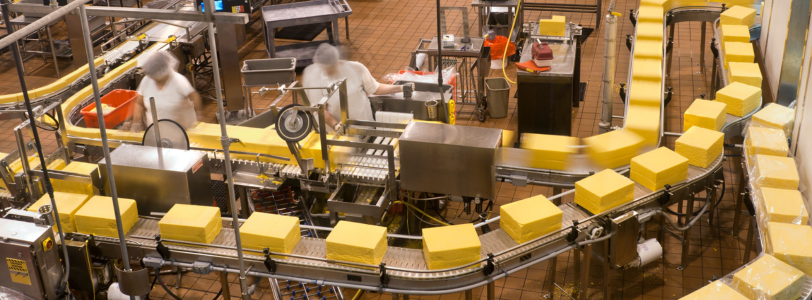HACCP food safety certification takes a fundamental approach to assessing and preventing risk at any stage of the food production and handling stage from transportation to being served on your plate at your favourite restaurant. Defining and identifying Critical Control Points (CCP’s) is an essential step to both getting and maintaining your HACCP food safety certification.
Did you notice it’s even referenced in the term HACCP food safety certification? HACCP stands for Hazard Analysis and Critical Control Points.
HACCP food safety certification can have a huge range of benefits for any organisation willing to implement a compliant food safety management system. We’ve worked on a guide to how to identify what your business’ CCP’s are as an essential step to getting HACCP food safety certification.
What is a Critical Control Point?
A CCP is a point where the failure of a Standard Operation Procedure (SOP) could cause harm to a consumer. This concept is not exclusive to food preparation and handling, it can be applied to any form of service or product. CCP’s are particularly relevant to food preparation and other subsidiary industries as food products are vulnerable to cross-contamination. Cross-contamination comes in many forms including; microbiological, physical, chemical and allergens. This is covered in HACCP Principle 1: Hazard Analysis (HA).
HACCP is a tool that focuses on prevention rather than relying on end-product testing. HACCP can be applied through the food chain from primary production to final consumption and its implementation is guided by scientific evidence of risks to human health.
How to identify your CCPs.
A key competent of CCP’s is the term Critical: you only need to implement controls around the control points in your food handling processes that are deemed critical to the safety of consumers of the product. CCP’s can be based upon established food safety principles or published research, legislative requirements and are ideally measurable and quantitative. It is not enough to simply check the finalised product; each critical step in the process for a product needs to be regarded.
Example: Chicken sandwich.
A cooked chicken sandwich is produced for wholesale to a café. A critical element regarding the safety of the customer consuming that sandwich would be, is the chicken cooked correctly to avoid food poisoning? A CCP control would be measuring the internal temperature (74oC for 15 seconds) of the chicken before it is placed in the sandwich.
CCP’s between businesses and industries will be unique and all must be considered within the context of the business, its industry and operating environment.
Want more information on HACCP certification? Contact our friendly and knowledgeable team for help.



